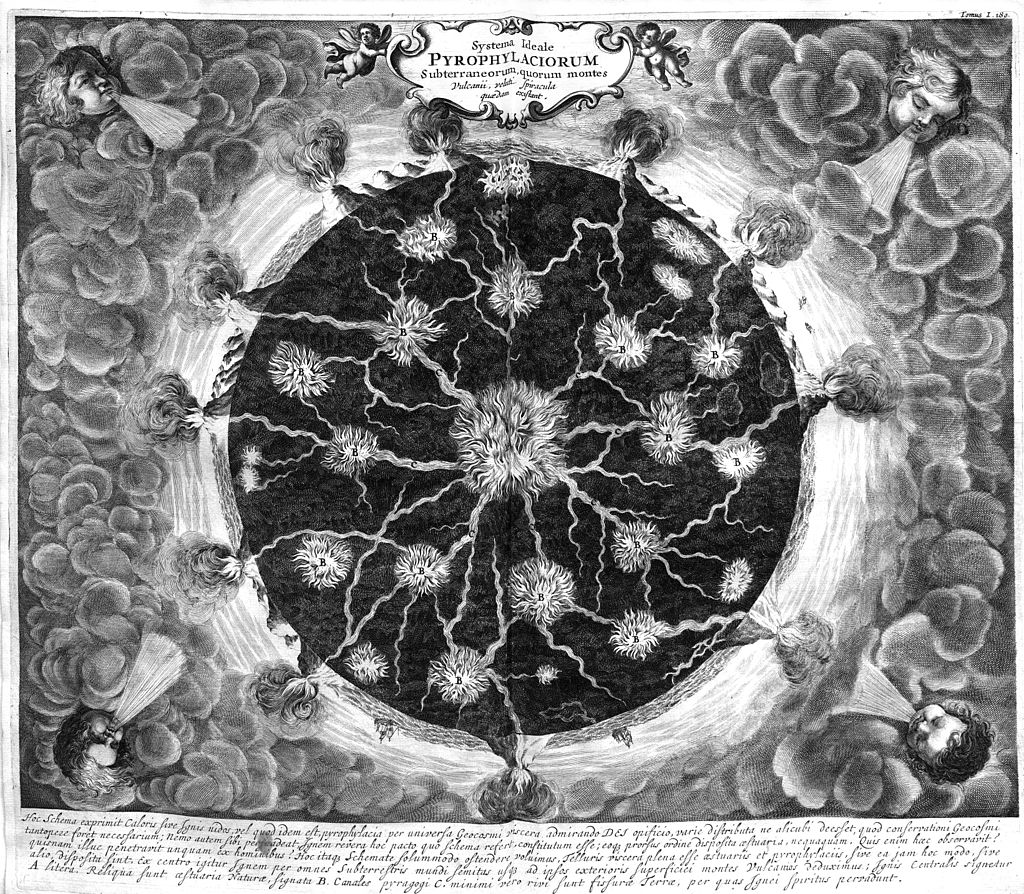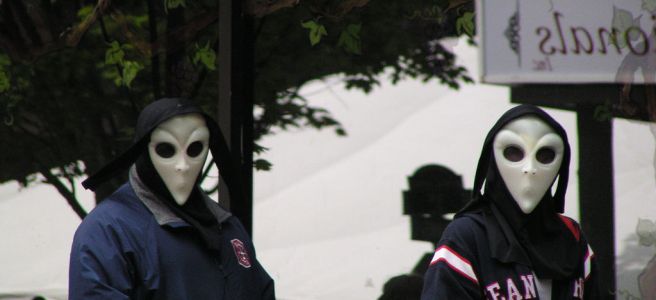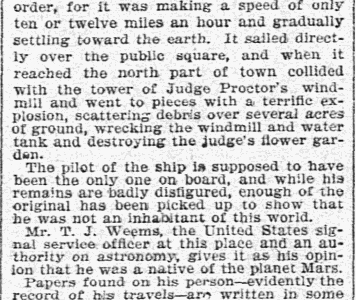Over at Terra Obscura M J Banias finished off 2018 and began 2019 with a bang, probing the nature of the UFO community and the implications of its more-or-less shared beliefs (read Part I here, and Part II here).
The social and political features of the UFO myth is an important topic, one too often overshadowed by speculations around the mystery of the phenomenon itself. Consistent with the intent of Skunkworks, Banias brackets the question of the truth, nature, or being of the UFO phenomenon to inquire into its, here, social meaning.
And it’s the resonance of that topic and approach that inspires my attempts to come to terms with Banias’ thoughts. I must admit up front I find much of what he writes obscure and his conclusions often unwarranted, but I have done my best to present what I take to be his positions as strongly as I can and to use them more as jumping-off points for further reflection on the matter than as targets of criticism, though I will register my points of disagreement. (I’ll gladly send him my annotated version of his posts on request!).
Banias’ thesis seems to be that the UFO community is a subculture, some of whose defining beliefs are so at odds with mainstream culture they constitute a kind of critique of that culture, making the UFO subculture thereby into a counterculture.
There is a tension in just how the UFO subculture is to be delimited, a tension not without interesting consequences (that I pursue, below). On the one hand, the subculture is nebulous and ill-defined, to the point that it is “difficult to pin down, [difficult] to be able to clearly ascertain who is a member and who is not,” while, on the other, one can identify certain beliefs with sufficient clarity and force making it possible to claim that this sub/counter-culture “challenges every major established power system” in mainstream culture.
The starkest example in this regard is the belief in nonhuman intelligences, an Alien Other, “whether it be the Greys from Zeta Reticuli, Blue Avians, or a complex and intelligent overarching control system.” The single, and exemplary, example provided are the conclusions John Mack draws from his research into the Alien Abduction phenomenon, that “we participate in a universe or universes that are filled with intelligences from which we have cut ourselves off…”
How is that the Alien Other “challenges every major established power system”? On the one hand, by being above and therefore free to ignore political and legal orders, national sovereignty or laws that protect the person or property:
The UFO as object does not obey laws regarding sovereign airspace or national borders, nor do the extraterrestrial beings apply for visas before landing on foreign soil to scoop up plant samples, mutilate cows, or abduct people.
Moreover, “the events that seem to present themselves throughout the UFO and contactee narrative indicate extreme technological and/or intellectual abilities,” i.e., the UFO and ET are possessed of a technology and intelligence or wisdom that equally ignore our present physics and philosophy in their transcending them. And underwriting these challenges are, perhaps more importantly, the ways the UFO and the Alien Other are an affront to the mainstream view of reality, which, more reflexively that reflectively, denies their reality in defense of its own.
What’s important here is that, regardless of the ontological status of the Alien Other, the very idea proposes that our consensus reality, the self-evident validity of our social order, of our scientific knowledge of nature, and of our understanding of ourselves as human beings and of our place in these orders, is relative and questionable, i.e., in a certain sense, unreal. Of course, what gives the Alien Other this critical purchase is its possessing precisely an ontological ambiguity, an uncertainty as to whether it is merely a fictional delusion or not, its being, in this sense, mythological. That such phenomena may be true in a manner so at odds with what passes for the way things are is what irritates orthodox minds to react with such violent, irrational denial in place of sobre, inquisitive curiosity.
In some regards, Banias is in good company in holding these views, if I have understood him correctly. In terms of the challenges observations of UFOs or UAPs pose to our current knowledge of physics, no less than Jacques Vallee and collaborator Eric Davis state in a paper published 2003 that “continuing study of reported UAP [Unidentifed Aerial Phenomena] events is important: It may provide us with an existence theorem for new models of physical reality.” An important caveat, however, is that UAP or AAP (Anomalous Aerial Phenomena) can challenge our current physics only if they are in fact real phenomena whose behaviour and characteristics are at odds with our theories.
When in comes to potential social repercussions, Banias makes a strong claim: “alien visitation…would call into question the concept of nationalism, state loyalty, and even citizenship itself. It would call into question the very nature of society and culture.” Ronald Reagan in a famous speech delivered before the UN in 1987 would seem to echo this sentiment: “…how quickly our differences worldwide would vanish if we were facing an alien threat from outside this world.” But, in this case, unlike that of the challenges AAP pose to our physics, widespread public acceptance of an Alien presence, i.e., the mere belief in its reality and its thereby becoming part of our consensus reality, would be sufficient to catalyze the changes Banias imagines, if his claim is true in the first place. Those members of the UFO subculture worried about a false-flag alien invasion staged to usher in a New World Order would, I imagine, agree (not that I take Banias to be among their ranks).
And it’s just at this point that the tensions in Banias’ definition of the UFO subculture become salient. Who might be said to be a member, and why? Membership seems to be, to borrow Banias’s expression, a question of ideology, here, what someone thinks. After addressing the difficulty in delimiting membership, Banias goes on to essay some tentative commonalities:
…one common motif that runs through these communal moments is the notion of the extraterrestrial, the alien Other. Regardless of one’s personal beliefs regarding the notion of aliens, the history and mythology of the UFO narrative has fused the ET construct to the subculture….one ought to be clear on the fact that not everyone in the UFO community interprets the idea of the alien in the same way…
Notions, beliefs, discourses (such as history and mythology), and interpretations are all, in what I take to be Banias’ sense, or at least one of his senses, ideological. Membership in the subculture, then, depends upon one’s beliefs and concerns.
Banias is at great pains to argue that this set of beliefs and concerns is marginal to mainstream society; how else could it be counter-cultural? However, because, I would argue, of its ideological character, an interest in, fascination with, or concern over the Alien Other is, in fact, ubiquitous to, at least, North American society. Banias himself quotes anthropologist Debbora Battaglia in this regard:
…the alien Other is a “lived experience.” It is a construct that is everywhere. The alien, the flying saucer, UFOs, and various other paranormal symbols, appear in film and television, video games, corporate logos, beverage containers, laptop stickers, smartphone cases, and much more. These mythological realities are entrenched in popular culture, and perhaps more interestingly, under the control of human economic and social systems [or at least circulate within these systems…].
If “the alien Other is a ‘lived experience'” in this way, then who counts as a member of the subculture? Those fascinated by the mystery, who consume the videos, movies, books (all the commodities Battaglia lists above), who maybe attend conferences, whose obsessions and beliefs and products are too flaky for the mainstream? Those innocents whom the mystery touches, witnesses and Experiencers? Those who study the mystery in orthodox manners (e.g., David M. Jacobs as a historian or John E. Mack as a psychiatrist) or who, like Vallee or other members of the Invisible College, bring to bear the research methods of the physical sciences? Academics and others, like myself, who may not be focused on the UFO mystery itself but are more puzzled by the social phenomenon, from the point of view of religious studies, sociology, cultural studies, etc.? Members of the police, armed forces, and intelligence communities who themselves are either Experiencers or are tasked with dealing with the mystery or even using the mystery for their own ends, (e.g. the infamous Richard Doty?). Journalists who investigate and write on the mystery, whether a one-off article or a book or books? And, further out, what of those fans of UFO/ET themed fictions, regardless of media, e.g., the X-phile or even Trekkie? And those artists who produce the variegated UFO/ET themed works the members of the “subculture” consume? The subculture seems to run deep in the mainstream.
Nevertheless, one marginal, UFO subculture is, I think, definable, and amenable to much of what Banias says. Let me call its members here for convenience “ET Fundamentalists”, those who believe UFOs are real vehicles for really existing nonhuman intelligences (Alien Others). Like their Christian counterparts, ET Fundamentalists share a core of beliefs that separates them from the nonbelievers in mainstream society but whose finer points are subject to differences in interpretation to the point of violent disagreement among believers. This space between the core beliefs and their nuances Banias, following Lorin Cutts, calls “the mythological zone,” which opens the way to schisms, sects, and denominations in fundamentalist Christianity or different “ideologies” in the UFO subculture. Both believe in a cosmos inhabited by nonhuman intelligences (angels and demons or Space Brothers or Greys) that take an active interest in the fate of individual human beings and the ultimate fate of humankind. Where Christians believe in the power of prayer and the suspension of the laws of nature (miracles), the ET fundamentalist believes in telepathy or channeling and the transcendence of our understanding of physics by ET technology. Both engage in a variety of pseudoscientific pursuits that mimic and sometimes engage with mainstream science: think how similar much of ufology is to Creation Science that seeks to prove the truth of some particular, “literal” reading of the Bible. One might object that, where Christianity is essentially a religion of revelation, much of the fascination with the UFO is inspired by its mystery, but, for the ET Fundamentalist, the strip-tease of Disclosure takes the place of revelation, both the Christian and ET versions moving toward their own versions of Apocalypse, whether the millennium following the return of Christ at the End of Time, or the era “After Disclosure” of the truth and nature of the ET presence. Both subcultures create their own institutions, congregations or conferences, churches or groups, media producers and publishers. Nor should it need much pointing out how much intersection there has been between these two groups, whether Christian Fundamentalist interpretations of the UFO phenomenon or taking up of Christian themes and materials by the UFO subculture, e.g., the Ancient Astronaut interpretation of Biblical events that has been part of ufology from very nearly the beginning. Indeed, the parallels between American Fundamentalist Christianity and the American UFO subculture of ET Fundamentalists and their crossover suggest fertile ground for research by sociologists, scholars of religion, or cultural theorists.
This central problem with Banias’ essay, the character and scope of the UFO subculture, rises, in part, from how he (mis)applies (or so it seems to me) the cultural theory of Dick Hebdidge and his work Subculture: The Meaning of Style (1979). Simply, Banias’ appropriation elides the materialist aspects of Hebdige’s analysis—class, race, socioeconomic conditions, etc.—in favour of the “ideological” (notions, beliefs, interpretations), which is why, once he brings to bear the work of more materialist anthropologists and political scientists, Battaglia and Jodi Dean, the subculture bleeds out into the mainstream.
That the beliefs of ET Fundamentalists are at odds with mainstream culture is well-taken, but the relation between this “subculture” (that awaits a rigorous characterization) is more nuanced than the ways it might be said to be marginal, critical, or counter. Indeed, mainstream culture takes up, envelops, or includes the subculture variously: as kooky but harmless, as a market for goods and services, as personally dangerous (e.g., Heaven’s Gate), as a threat to national security (both because of the curiosity of its members and how membership might be used to cloak espionage), as a system of beliefs to be experimented with and perhaps exploited, etc. That the mythology, whether restricted or general, can function as a kind of ideology-critique (as I’ve outlined, above) is not uninteresting, but it need do more than merely contradict and thereby relativize mainstream notions (any fiction can do this); it needs to reveal as fictions those truths the powerful maintain as natural and given (“reified”), truths that serve to maintain power and privilege as natural and unalterable, e.g.. Margaret Thatcher’s quip that “There is no such thing as society.”
Indeed, as I’ve long maintained, the UFO myth tacitly repeats and thereby maintains and entrenches the reigning ideology of present-day, advanced societies, instrumental reason if not the commodity form. Banias himself seems to unwittingly agree when he writes in the concluding remarks to his posts: “To look deeply into the UFO phenomenon…we realize that we are staring into a mirror.” When we behold the humanoid-all-too-humanoid ETs and their technology, we do indeed gaze at distorted versions of ourselves. And it is in the failure to recognize ourselves in this distorted form that reifies, makes immediate and unconscious, everything we project there.
For all my points of disagreement with Banias, his brief foray opens interesting and rewarding vistas. The sociology of the community of UFO believers and the more general semiotics of the UFO and ET as a sign in society in general are fields yet to be surveyed with sufficient thoroughness and rigor. The UFO is, further, and more importantly, a site of social struggle, between experience and authority (witnesses and experiencers vs. skeptics and debunkers, official and unofficial), competing claims to knowledge and legitimacy (i.e. the UAP and nonhuman intelligence as topics of institutionally sanctioned research), access to information and political suppression or disinformation, and much more, all informed, if not formed, by class, gender, race, etc. Here, the analogy is not so much to Plato’s Cave as it is to scientists’ dismissing peasants’ claims to have witnessed meteors and finding meteorites. Let the prospecting begin!


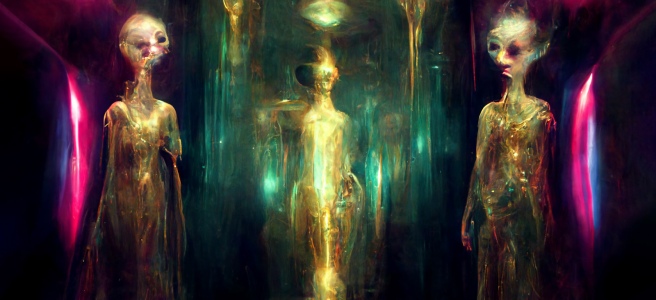
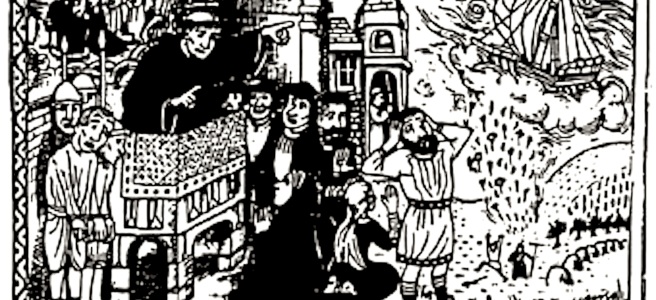
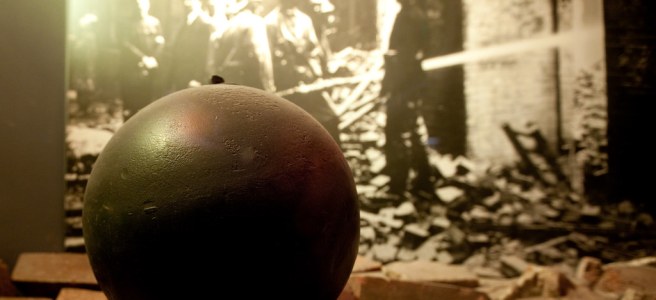
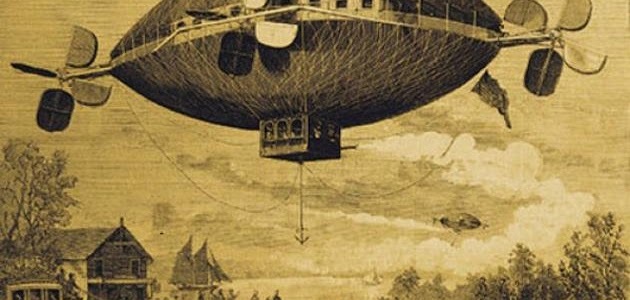
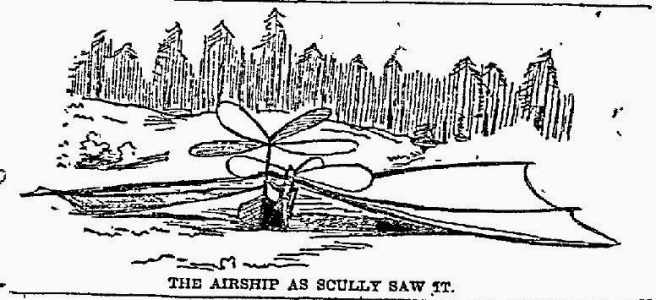
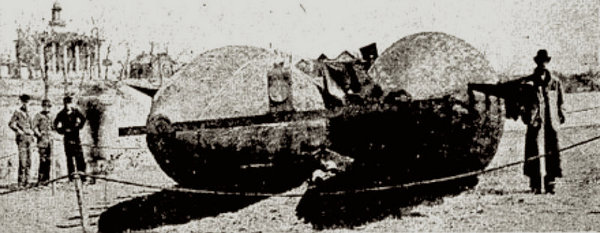

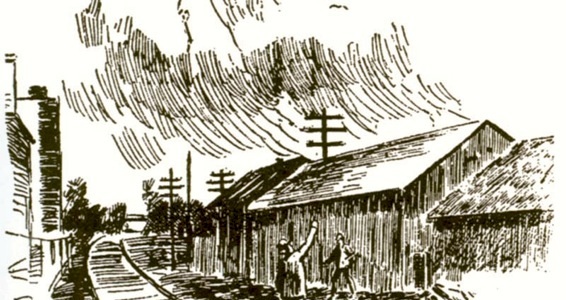
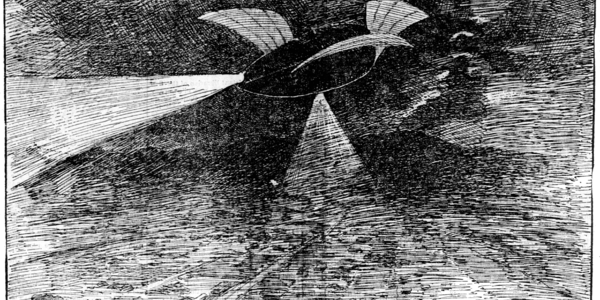
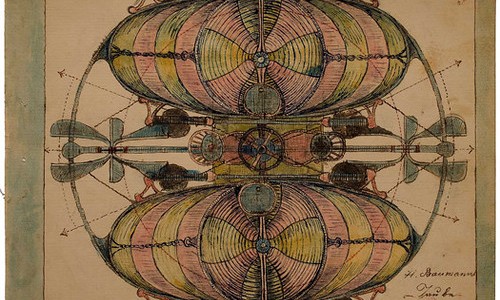
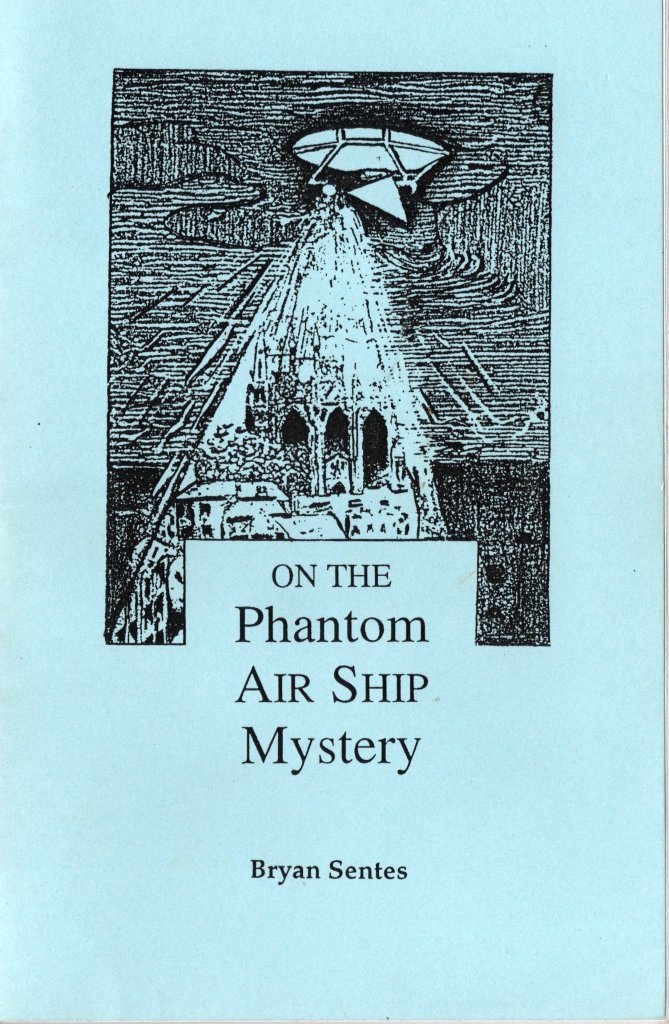
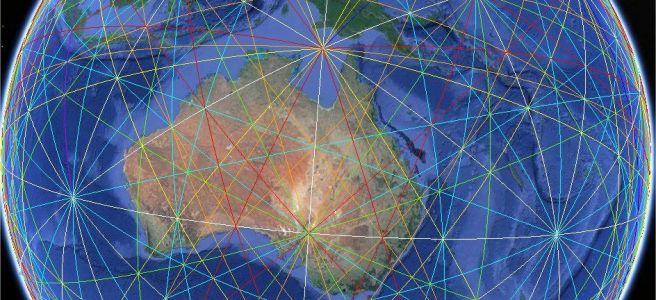
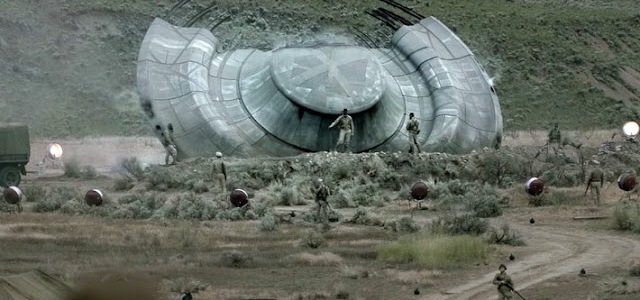
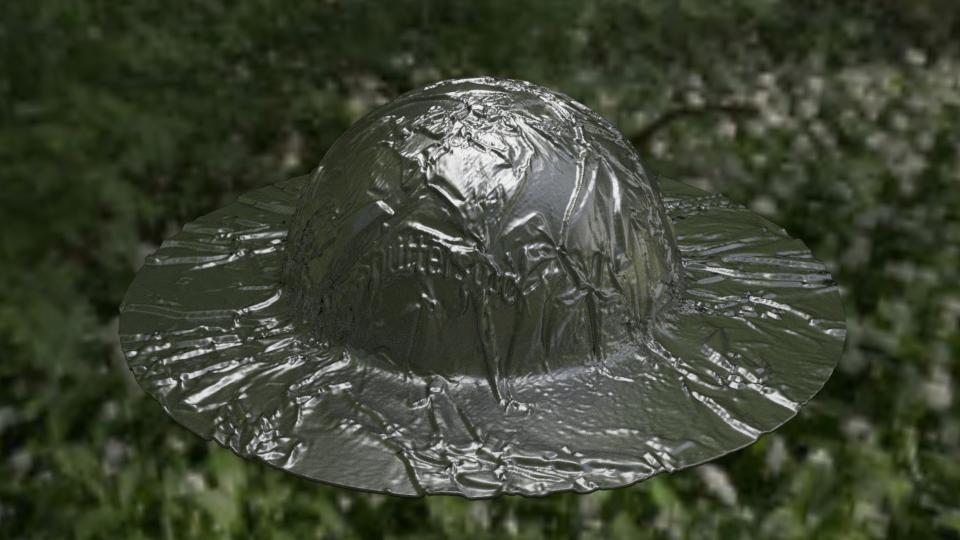
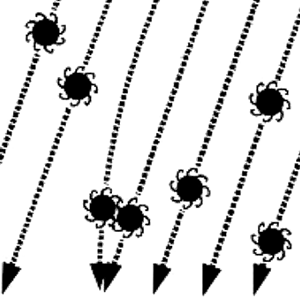

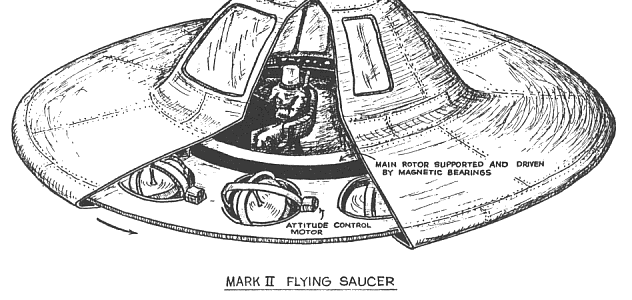

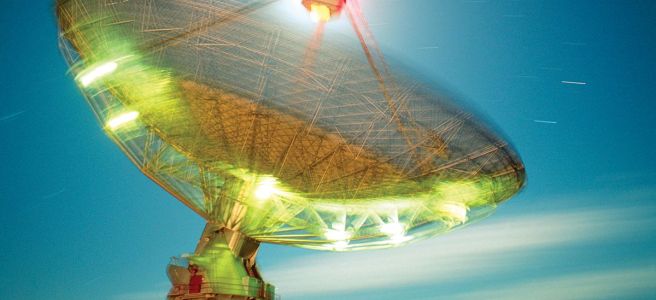
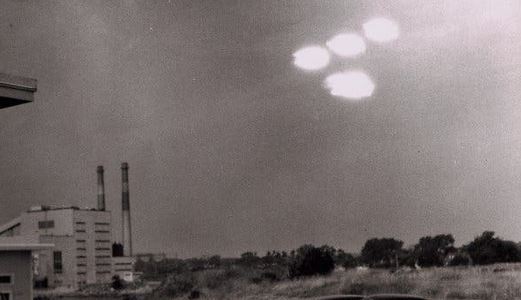
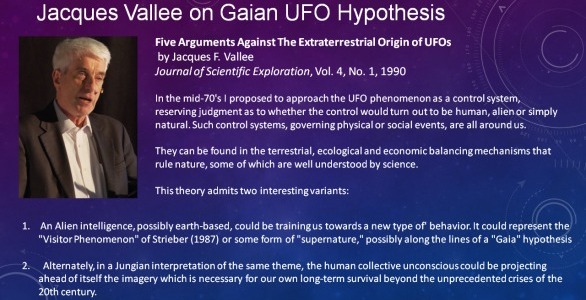
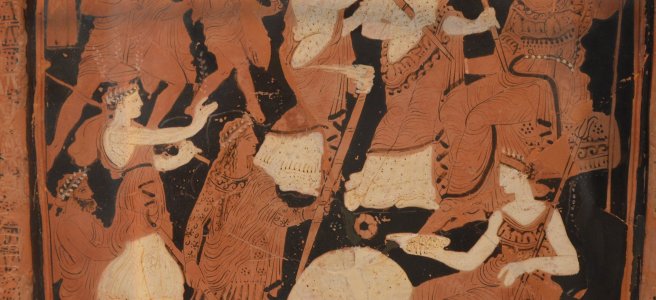


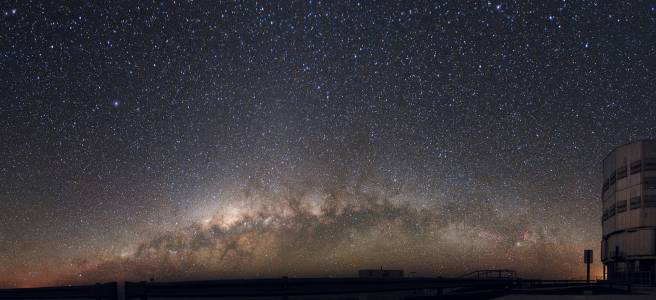
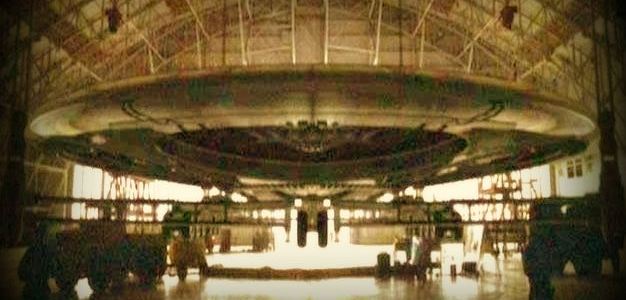
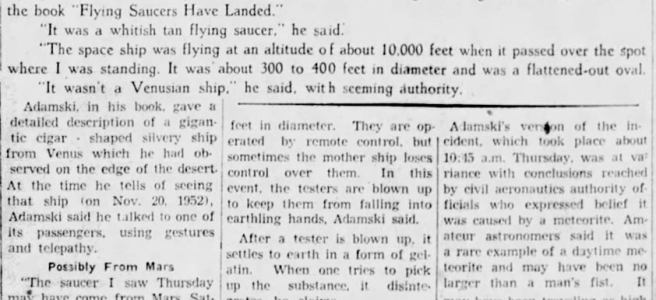





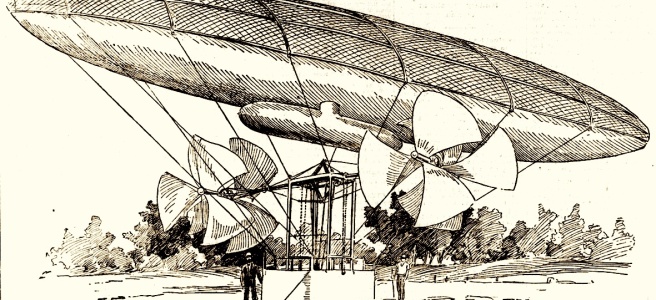
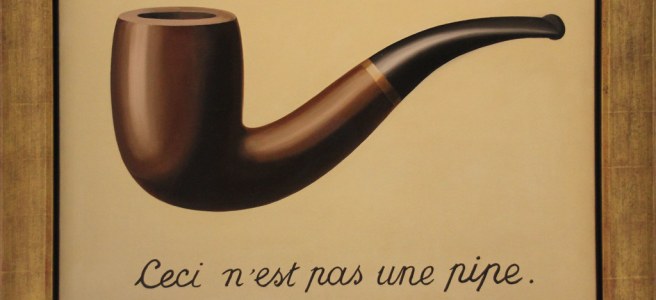
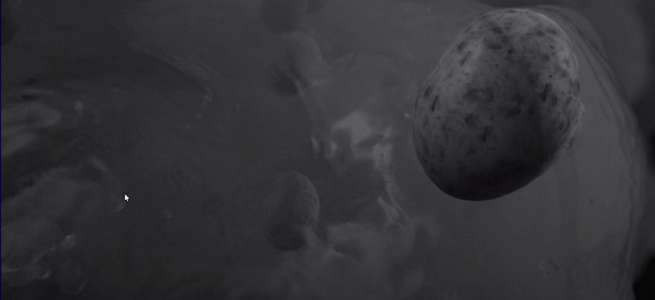



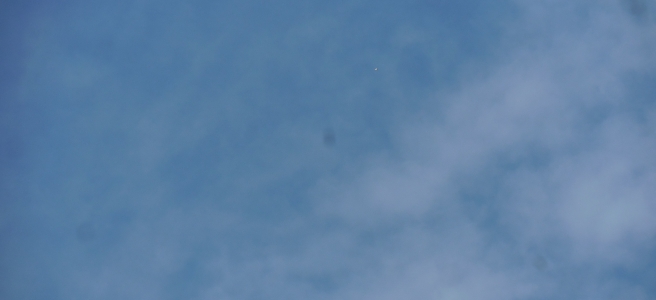
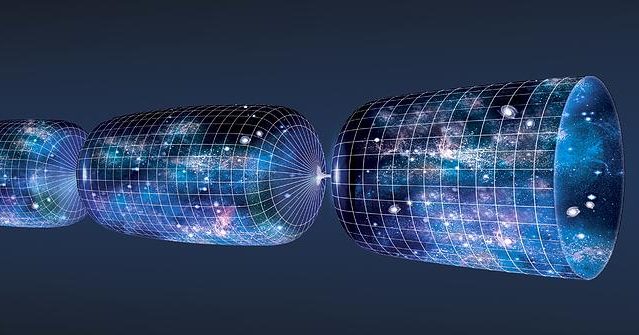
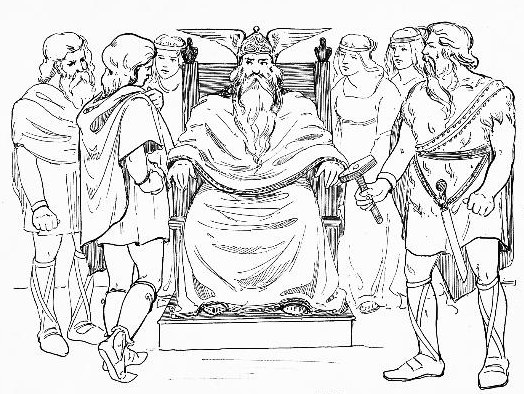
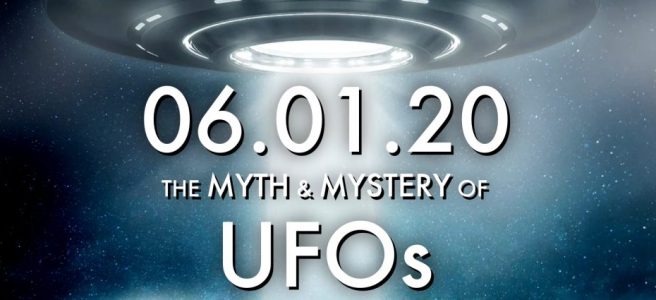
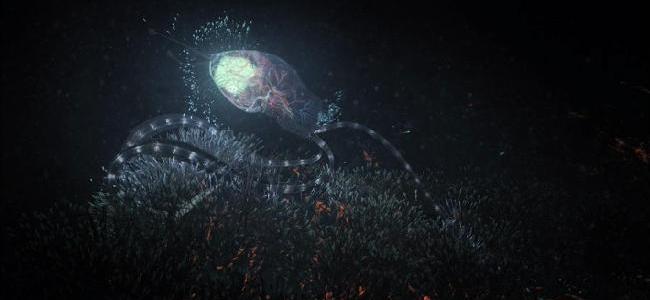

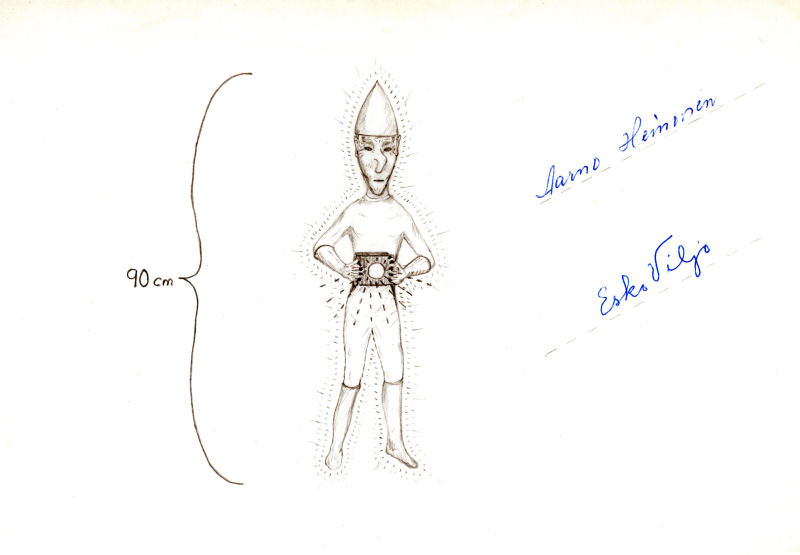
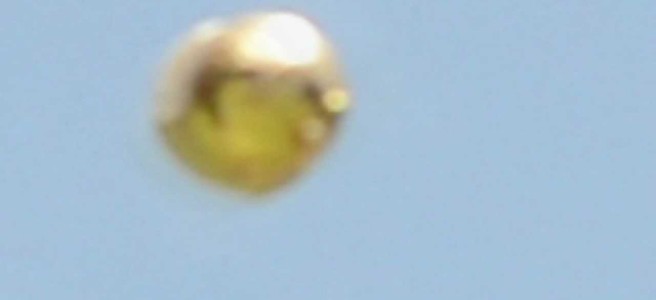
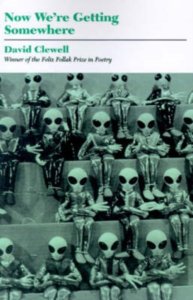
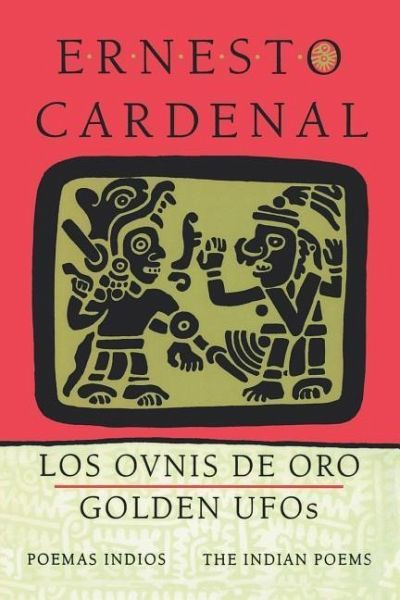
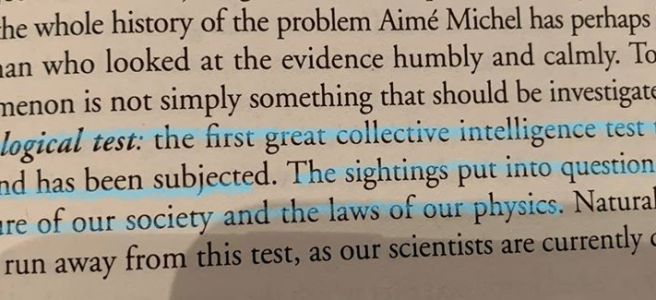
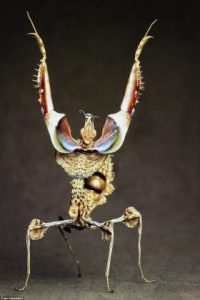 alternate dimensions have reported encounters with
alternate dimensions have reported encounters with 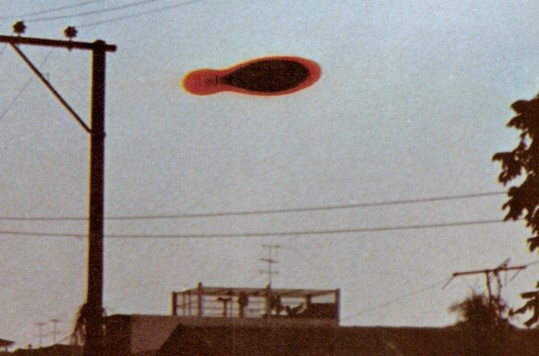
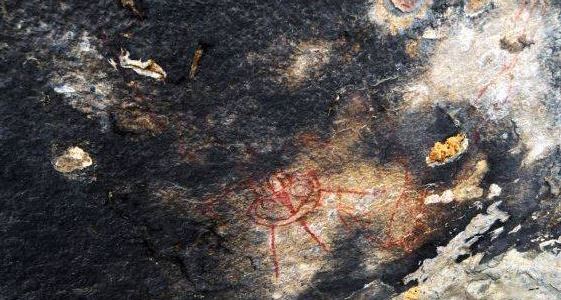
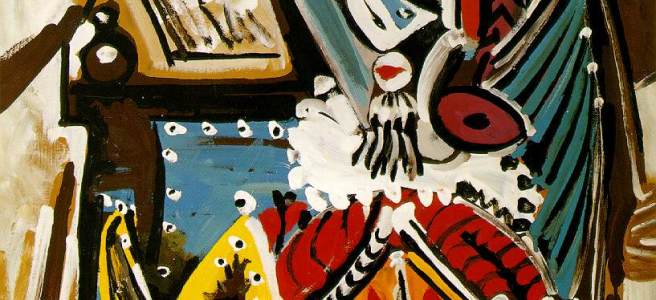
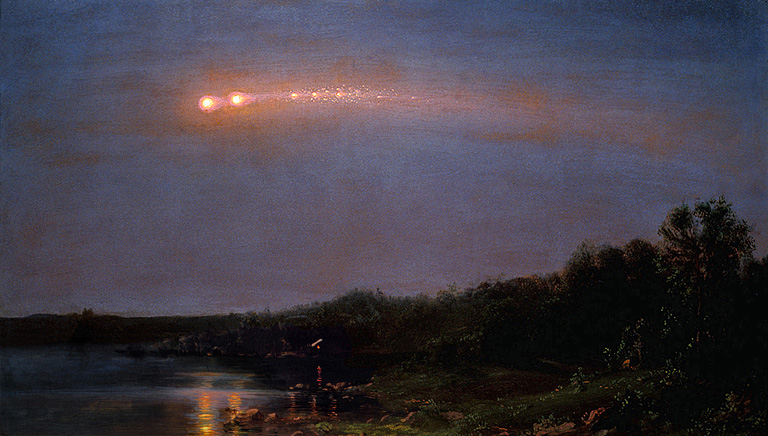
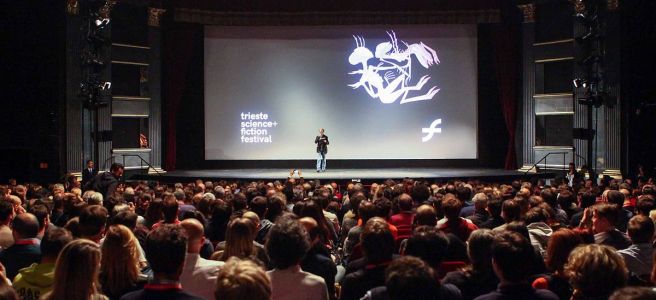


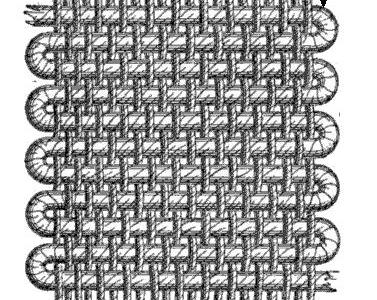

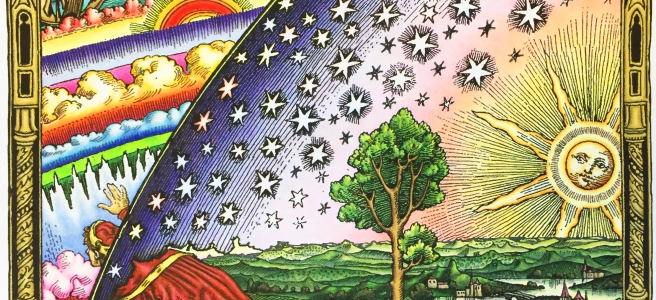
 In the Alien Abduction literature, the ETs are often described as being insectoid in various ways, and the figure of the Mantis is prevalent. So, in the context of the development of the myth (if not the hard core of the mystery), Heard’s book is, intentionally or not, significant.
In the Alien Abduction literature, the ETs are often described as being insectoid in various ways, and the figure of the Mantis is prevalent. So, in the context of the development of the myth (if not the hard core of the mystery), Heard’s book is, intentionally or not, significant.